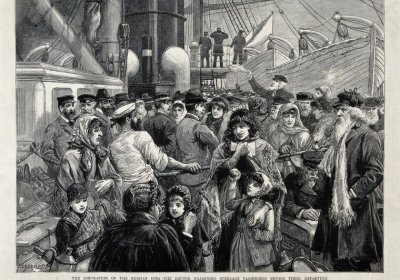‘Communicating consensus: from the Medical Officer of Health annual reports for London to an alternative history of interwar public health’
Jane Seymour
(Centre for History in Public Health, LSHTM)
The foundation for the current historiography of public health in the interwar period was laid in the 1980s by Jane Lewis and Charles Webster, who were largely critical of local authority medical provision. More recently, several other authors have modified this negative appraisal with more nuanced analysis of the drawbacks and benefits of locally-based provision, based on several different case studies. However, as Martin Gorsky has recently stated, we lack a narrative that draws these many microstudies into any overarching analysis.
My contention is that one reason for this lack of coherence is that all of these case studies deal with only part of the public health activities of local authorities and most of them are focused solely on clinical services. Using the annual reports of Medical Officers of Health, my analysis draws in the entire public health activities of London’s metropolitan borough councils and county boroughs to demonstrate that the ‘gaze’ of the MOH was a holistic one. All aspects of the health department’s work cohered around the central object of community health, which remained the fundamental purpose and uniting principle of interwar public health.
In considering the whole gamut of municipal health work, then, we can gain a new perspective that allows us to draw a unified picture of interwar state medicine. Crucially, this is entirely removed from any consideration of the ‘pre-history’ of the NHS, which has, I argue, been a prejudicial influence on historical work to date. It also allows us to issue a new and fundamental challenge to the flawed histories of Lewis and Webster.

